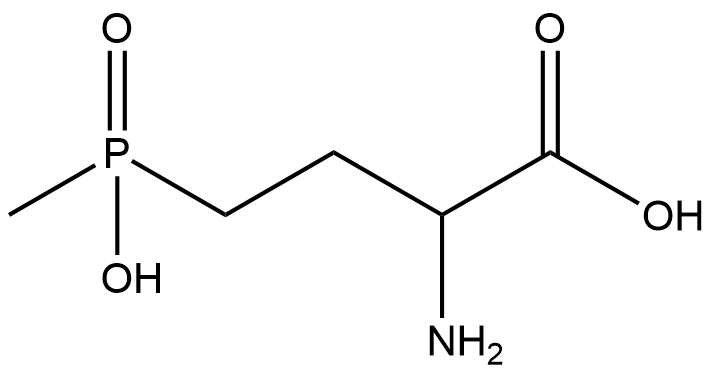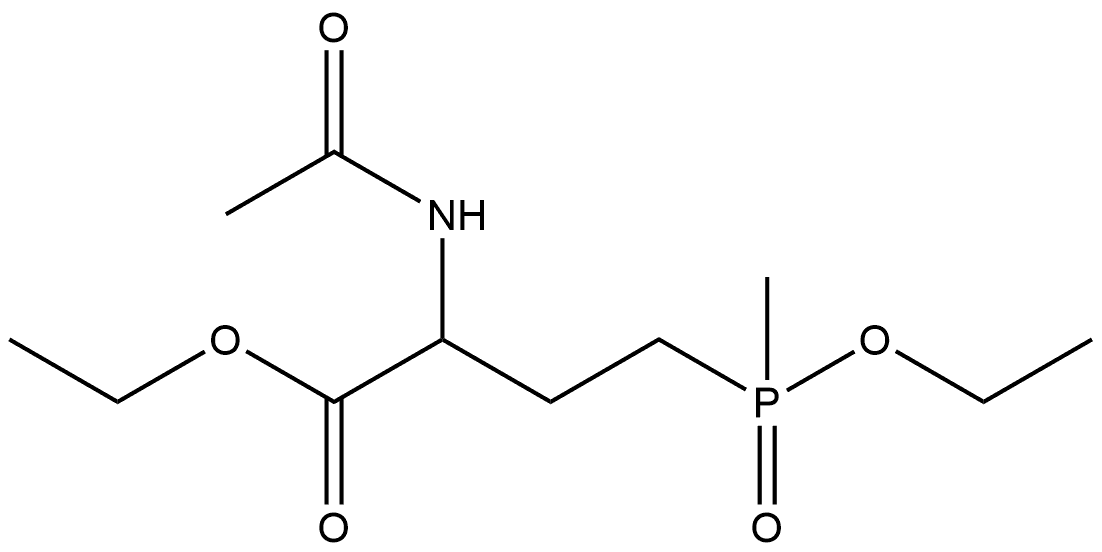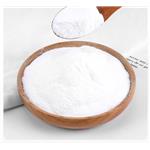Enzyme inhibitor
This dephospho transition-state analogue (FW = 177.10 g/mol; CAS 51276- 47-2) is naturally occurring glutamate analogue, first isolated from Streptomyces viridochromogenes. Phosphonothricin is a slow, tight-binding inhibitor of glutamine synthetase that binds at the glutamate binding site and stabilizes the flap of a glutamyl residue in a position blocking glutamate entry into the active site, thereby trapping the inhibitor on the enzyme. Phosphinothricin undergoes an ATP-dependent phosphorylation. Note: Phosphinothricin is a component of the antibiotics bialaphos and phosalacine. The monoammonium salt of the racemic compound, also called glufosinate-ammonium, is a post-emergent herbicide.
Metabolic pathway
When 14C-phosphinothricin [homoalanin-4-yl-
(methyl)phosphinic acid] is incubated in the cell
suspension cultures of soybean, wheat, and maize, in
maize cells which take up to 50% of the applied
radioactivity, four different metabolites are detected
which are identified as 4-methylphosphinico-2-oxo-
butyric acid, 4-methylphosphinico-2-hydroxybutyric
acid, 4-methylphosphinicobutyric acid, and 3-
methylphosphinicopropionic acid. In soybean and
wheat cultures, 10 and 6% of the applied radioactivity
is taken up, respectively. In soybean, only one
metabolite, 3-methylphosphinicopropionic acid, is
detected, whereas in wheat, 4-methyl-
phosphinicobutyric acid is additionally present.



